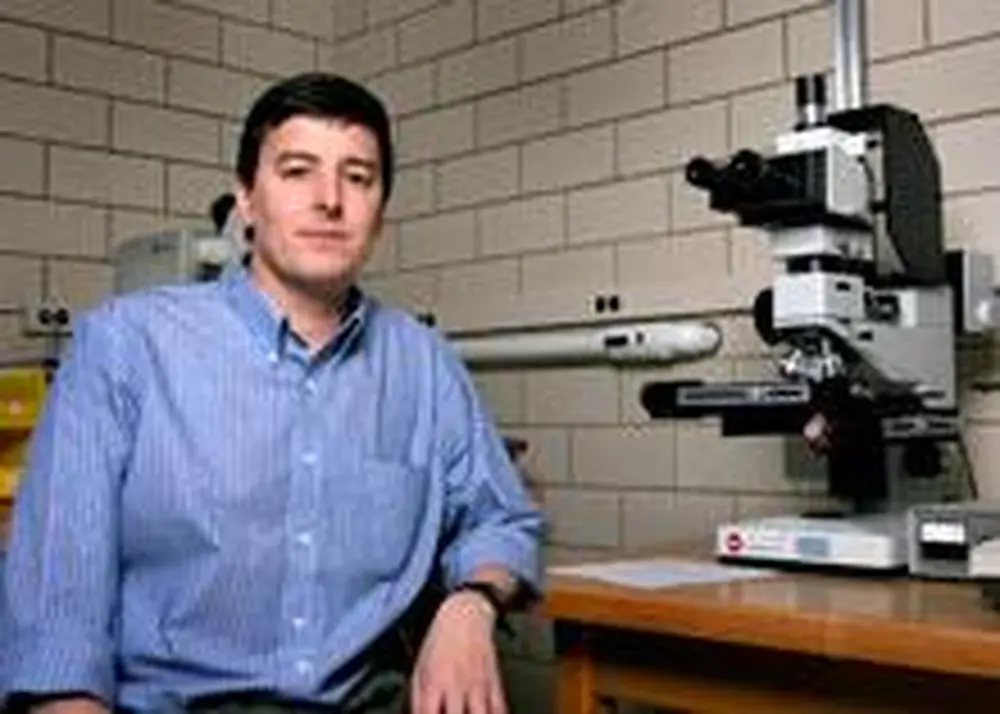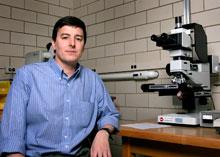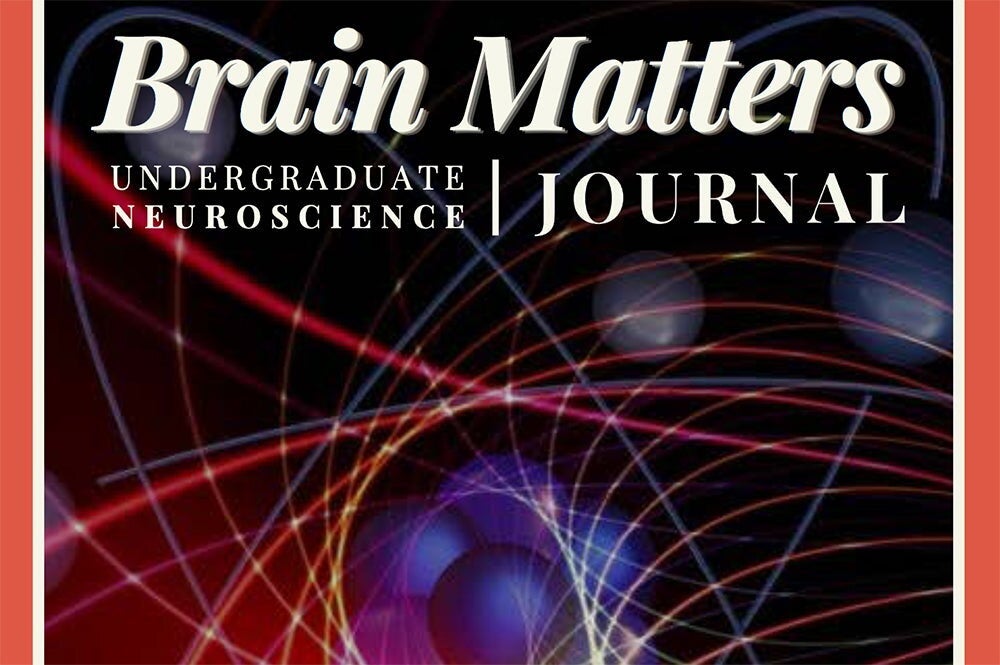

Someday, you might just wallpaper your living room with a flat, plastic video display, rather than flower patterns. Or soldiers might cover their tents with an "electronic tarp" that monitors the air for biological and chemical weapons.
Traditional electronic devices are solid and rigid, such as the circuits within a desktop computer or an iPod. But University of Illinois researchers are pioneering new approaches that show it is possible to build electronics that both bend and stretch.
John Rogers, a professor of chemistry in the College of Liberal Arts and Sciences, led a team that built circuits on flexible plastic sheets, which can be bent and flexed. This pioneering work on organic- and inorganic-based, bendable devices earned Rogers a prestigious spot in 2005 as one of the Scientific American 50. Scientific American is one of the country's premier science publications.
Now, as a natural extension of this research, Rogers and his U. of I. colleagues have developed electronics that don't just bend. They can also stretch. Researchers have created a stretchable form of single-crystal silicon, which can be used to build high-performance, electronic devices on rubber bases, or "substrates."
This work, which was recently published in Science, may open up all kinds of new uses, such as building sensors into artificial muscles or biological tissues, wrapping monitors around aircraft wings, or building sensors into robotic "skin."
Rogers, who is also a professor of materials science and engineering, led the stretchable silicon work with Young Huang in mechanical and industrial engineering. Their team created ribbons of silicon about 100 nanometers thick-1,000 times smaller than the diameter of a human hair. Then they attached the ribbons to rubber surfaces in a series of well-defined waves that resemble an accordion, he says.
The researchers used the stretchable silicon to fabricate "wavy" diodes and transistors, and they compared their performance with traditional devices. Not only did the wavy devices perform as well as the rigid devices, they could be repeatedly stretched and compressed without damage, and without significantly altering their electrical properties.
In the past, Rogers says, most progress in electronics has focused on increasing circuit speeds, reducing power consumption, and creating large-area displays. Other work, including the technologies to form circuits on bendable substrates such as plastic sheets, is just beginning to move toward commercialization.
But as he explains, stretchable electronics is much different and more recent; it may someday make it possible to build electronics into clothing and other irregularly shaped materials "where bendability and full stretchability are required."
The Defense Advanced Research Projects Agency, the U.S. Department of Energy, and the National Science Foundation funded the U. of I. work.


